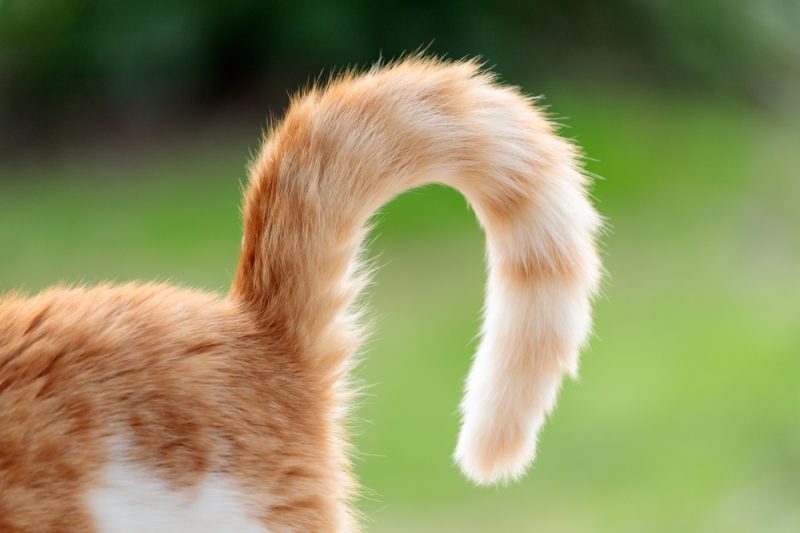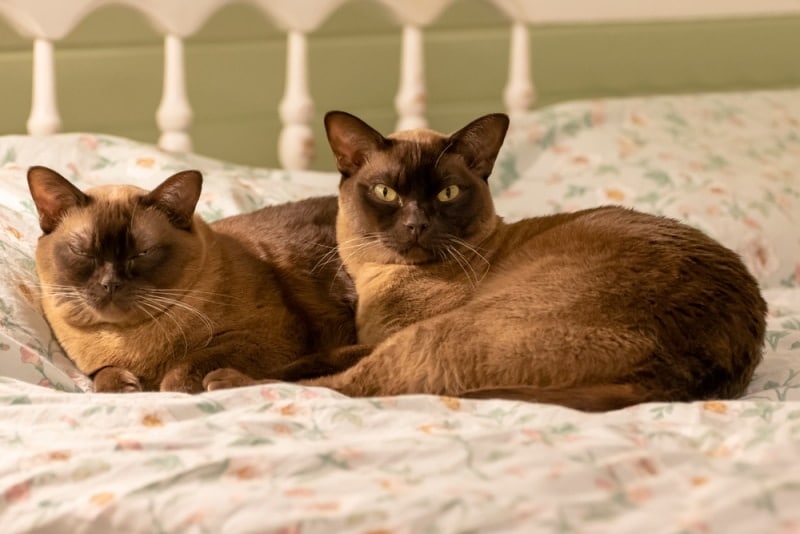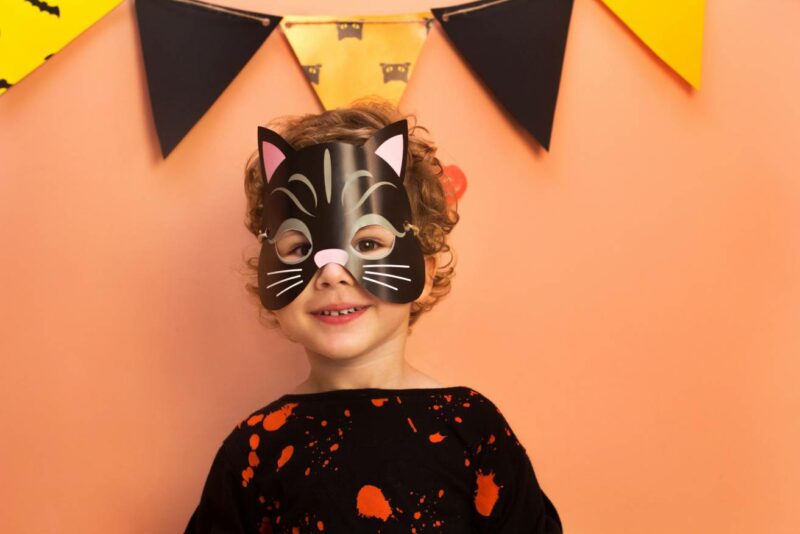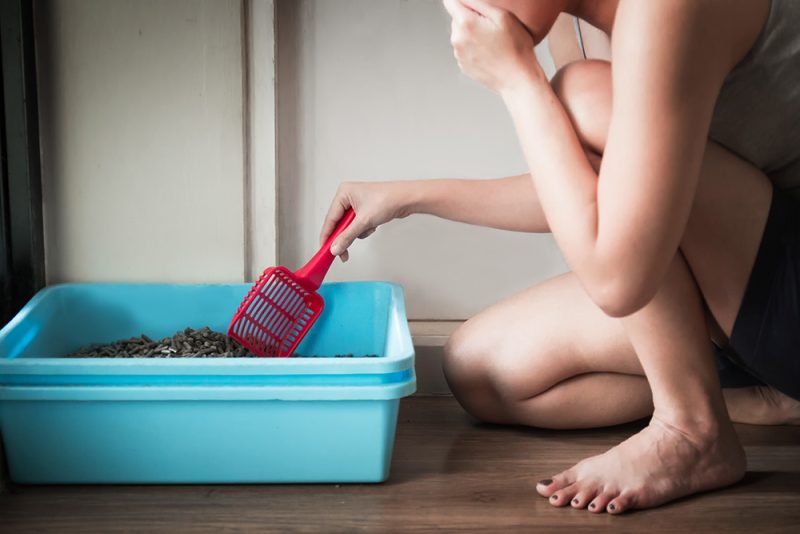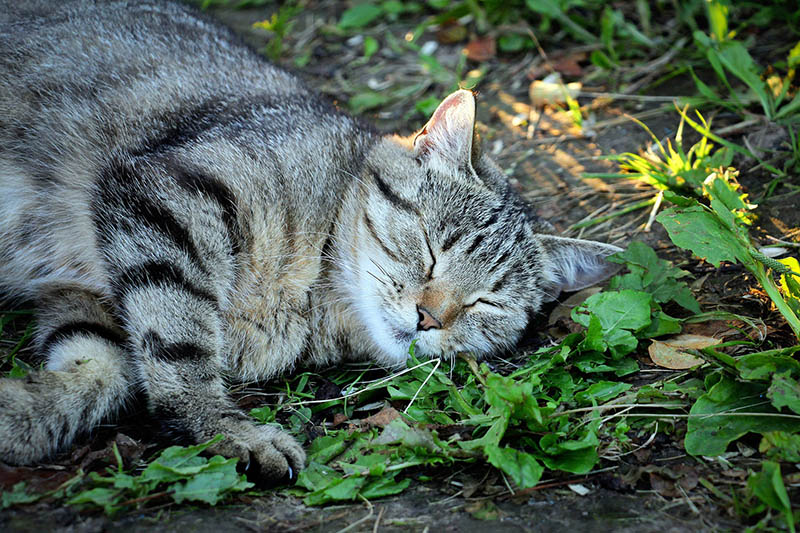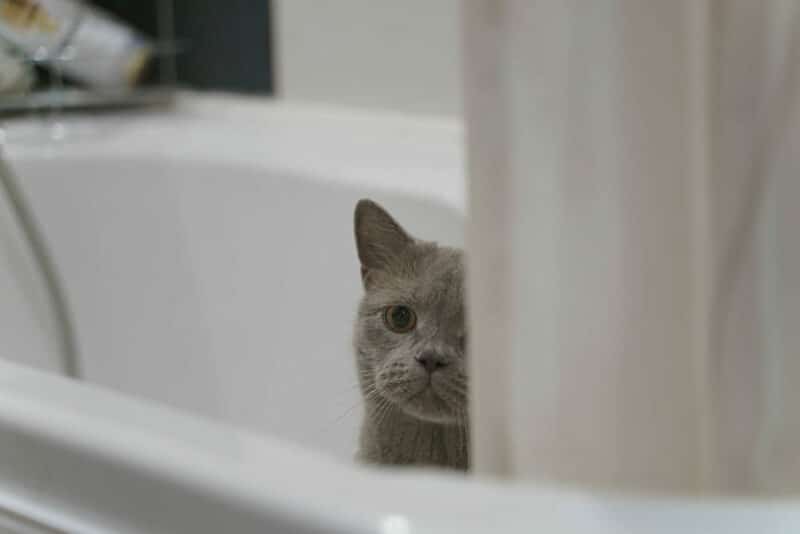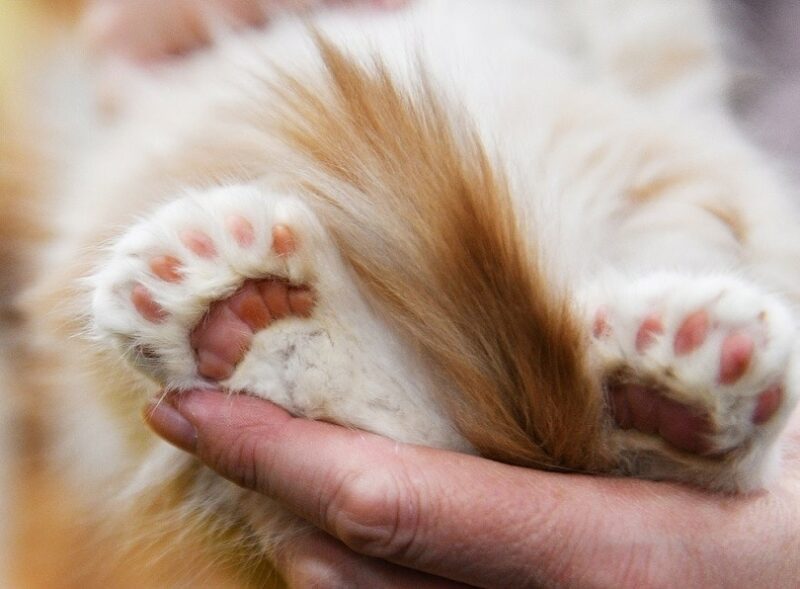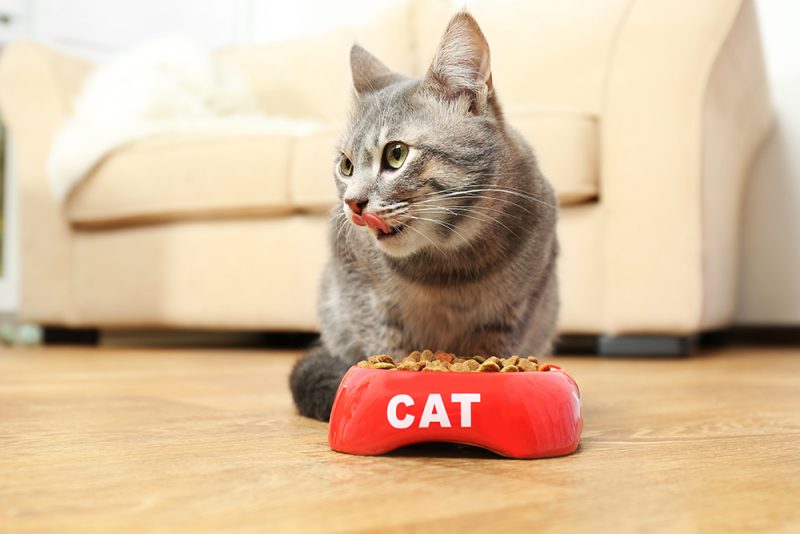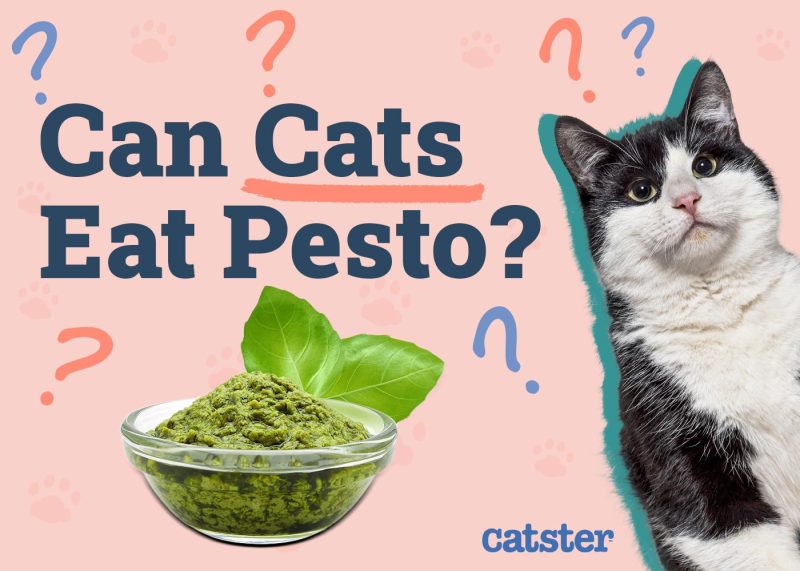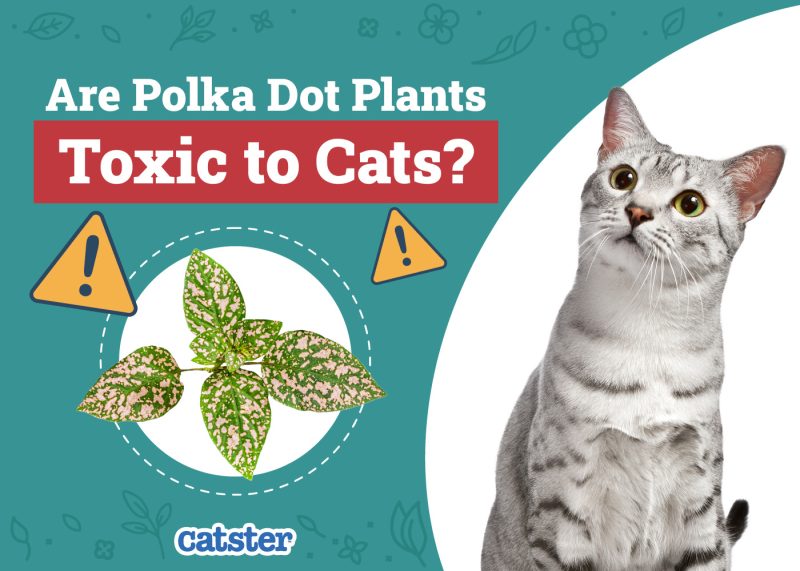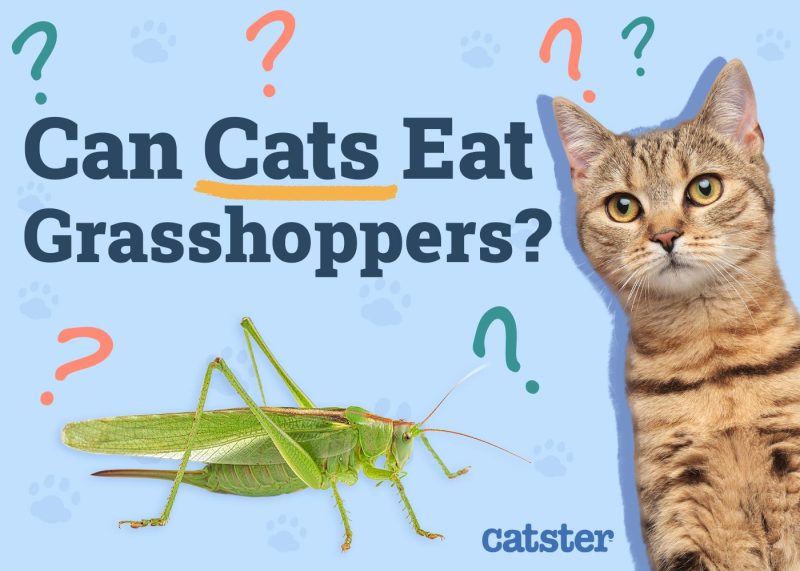Stud tail, officially known as “tail gland hyperplasia”, is a rare issue seen in cats. It involves the enlargement of sebaceous glands that secrete oil at the base of your cat’s tail. The glands become enlarged, compressing the hair follicles in this area, and blocking them with oil. The result of this is hair loss and very greasy skin.
Often inflammatory changes and secondary bacterial infections occur which exacerbate the situation. It can be a very painful condition.

What is Stud Tail in Cats?
The glands that secrete oil in the region of the base of a cat’s tail become enlarged and due to this, overproduction of skin oils occurs. The most common cause of the overproduction of skin oils is the surge in hormones experienced by unneutered male cats when they enter puberty. This is where the condition gets the name stud tail from. When a male cat matures from a kitten to a male adult capable of breeding, this is known as a stud cat. Despite this, it is still possible for neutered males and neutered and unneutered females to be affected as well.
The condition occurs as the excessive production of skin oils causes the area to become greasy. Hair follicles become blocked and clogged with the grease, allowing for blackheads (also called comedones) to develop. If the condition is allowed to progress, the comedones can become infected. This in turn results in pain, inflammation, and hair loss. Some severe cases can develop fistulas and draining tracts that are infected and sore.
The lesions can spread down the tail and around the tail base and lower back and can be an extremely painful condition.
What Are the Signs of Stud Tail in Cats?
Clinical signs can vary greatly depending on the severity of the disease. Stud tail can often go unnoticed due to the location. It can develop into a chronic issue that takes its toll on the skin, causing thickening and changes in pigmentation. Acute signs can start with hair loss and greasy skin. These are usually the first signs owners will spot.
- Hair loss
- Greasy fur
- Yellowing of fur in light-haired cats
- Scaling of skin
- Crusting lesions
- Itchy skin
- Presence of “blackheads”
- Lumpy/bumpy skin
- Generalized Swelling
- Thickening of skin
- Changes in pigmentation
- Scabs
- Pustules
- Discharge
- Draining tracts/fistulas
- Secondary infections
Often cats will exacerbate clinical signs themselves by self-traumatizing their skin. They itch and rub themselves on things which causes more inflammation and the introduction of new bacteria. Once a chronic issue has become established, it can be very difficult to break the vicious cycle and stop the progression of the disease.
If your cat shows signs of the symptoms above or you suspect they might be suffering from underlying health issues, you should contact your vet.
What are the Causes of Stud Tail in Cats?
Stud tail occurs when there is excessive production of sebum from overactive sebaceous glands on your cat’s back and at the tail base. This results in large amounts of sebum deposited onto the skin. This clogs hair follicles and causes the visible clinical signs reported by owners.
There are a few different causes of stud tail in cats. The most common being an excess of androgen sex hormones—mainly testosterone. Intact males are most commonly affected due to them having high amounts of testosterone. It can however occur in any sex cat, whether they have been neutered or not.
Cats can suffer from a generalized skin issue called seborrhea. This is characterized by an overproduction of oil which clogs the hair follicles and causes them to be blocked. Some cats are born with this condition. Other cats can develop it as a secondary complication after having other issues with their skin such as parasite infestations or allergic skin disease.
Another common cause is poor coat maintenance and lack of grooming. There are several different reasons cats fail to groom themselves properly. Some are physically unable to due to being obese or experiencing reduced mobility due to arthritis. Some cats may overgroom themselves and cause problems too.
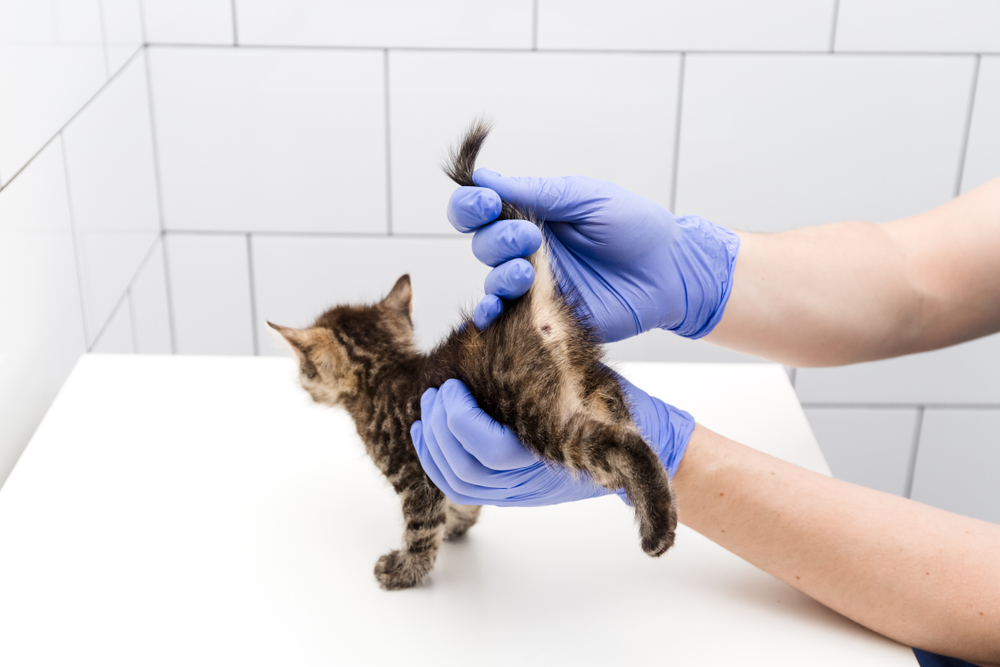
Diagnosis of Stud Tail in Cats
Stud tail is usually diagnosed by clinical signs, history, and signalment. Once the lesion has been identified, your vet is likely to want to take samples. They will often take skin swabs for cytological examination. Any pus or discharge leaking from the site should be tested too. If the skin is chronically thickened, they may suggest a biopsy for histopathological examination at a lab.
Skin scrapes can be used to identify certain parasites such as mites. Fungal culture and examination with a Woods lamp can be used to search for fungal diseases. Depending on how sick your dog is, they may decide to perform routine blood tests and urinalysis to check blood counts and organ function. Depending on what your vet finds on the clinical exam, they may also want to check adrenal and thyroid function to see if there are any underlying issues present.
Your vet will perform a full examination of the skin in other areas to assess if there are any other issues either contributing or connected such as seborrhea.
How Do I Care for a Cat with Stud Tail?
Treatment depends on the severity of the stud tail case. Severe cases will require aggressive treatment with prolonged courses of antibiotics and steroids to fight inflammation and infection. Antiparasitic and antifungal medication will be used if indicated. Mild cases may not require any treatment; however, cases often require bathing and the application of topical creams and shampoo. Benzoyl peroxide cream is frequently chosen to treat the skin.
Your vet will often advise that your cat wears an e-collar to prevent them from scratching themselves and making the situation worse. It may be necessary to clip away the hair in the affected area to allow for topical treatments to work better.
If your cat is an unneutered male, your vet will suggest castration to lower testosterone levels in the body as this is considered to be a contributing factor. This may slow down the progression, but it is not guaranteed to cure the problem.
Usually, the prognosis is good for cats with stud tails, if a prompt diagnosis is made and treatment is given quickly. It is important to identify the underlying cause of the condition and address this as well as the presenting clinical signs. Often owners will need to help their cats with grooming. Regular bathing and application of topical treatments may be required to keep the area under control. Your vet will be able to advise you on long-term management to keep the condition at bay.
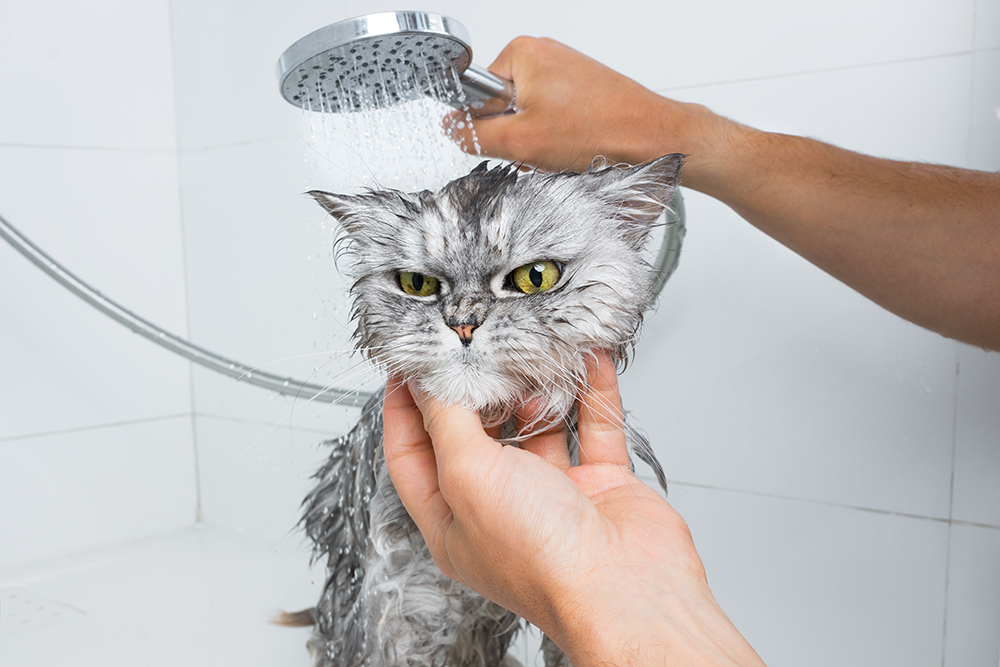

Frequently Asked Questions
Is stud tail a painful condition?
Stud tail in cats can be an extremely painful condition. It can cause severe inflammatory changes and the skin can become infected. Mild cases may not cause as much discomfort, but usually, cats will be in a lot of pain.
Is stud tail contagious?
Stud tail itself is not contagious, as it is caused by the overproduction of oils from the glands in the coat. Complications of secondary issues such as infections can be contagious and passed from cat to cat and cat to human, but the actual stud tail condition cannot be passed on.
Can stud tail resolve on its own?
Cats with mild cases of stud tail may not require any treatment and it may well resolve on its own. Some mild cases benefit from medical management and prophylactic washes and bathing. More severe cases with secondary bacterial infections or cases where the skin in the area develops large lesions require aggressive and prolonged courses of treatment.
If severe cases are left without intervention, the cat can become extremely sick and is at risk of death.

Conclusion
Stud tail is a skin condition all cat owners need to be aware of. It is caused by overactive sebaceous glands which are located near the base of the tail. Normally, the oils help to keep the hair soft, but in this condition, the excess sebum results in the accumulation of oil which blocks hair follicles in the area.
It is usually seen in young male cats as they reach sexual maturity. This is thought to occur due to the rising levels of testosterone in these cats. Stud tail affects female cats and neutered cats as well. Many management and treatment options exist and they are dictated by the severity of each case. Your vet will be able to advise you on the most appropriate option for your cat.
Featured Image Credit: olivier.laurent.photo, Shutterstock
